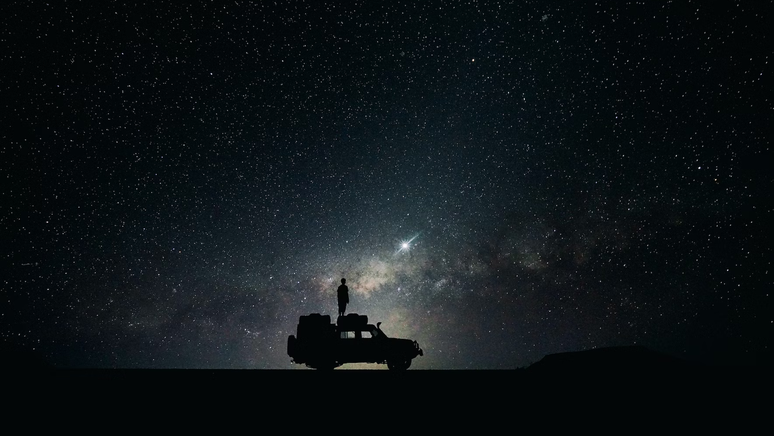In the month of November, astronomy enthusiasts will be able to observe, among other events, meteor showers and conjunctions between the Moon and the planets. learn more
The month of November offers us several opportunities to observe incredible events in the sky: Jupiter, for example, will offer a beautiful spectacle when it is in conjunction with the Moon. It is also worth following the different ones meteor showers this will happen in the next few days.
- 2023 Sky | This year, conjunctions of the planets and the solar eclipse are highlighted
- 10 best astronomy apps to see stars and planets
Below you can see the main astronomical events of November and, of course, when and where to see them in the sky.
November astronomical events
November begins with Jupiter’s opposition and then it’s the Southern Taurids meteor shower’s turn to shine. For the rest of the month, conjunctions between the planets and the Moon and another meteor shower occur.
Opposition of Jupiter (3/11)
This evening, Jupiter it is opposite the Sun from our perspective, while the Earth is positioned between the two stars. Indeed, the night before the opposition, the planet was closest to us. During opposition, Jupiter remains visible all night, even to the naked eye, as long as the sky is clear, of course.
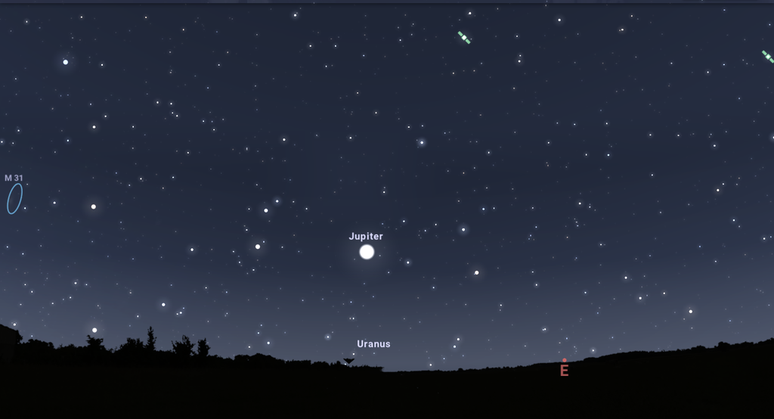
To find the gas giant, look for it eastward after sunset, around 6:40 p.m. The planet will disappear below the western horizon around dawn.
Peak of the Southern Taurids meteor shower (6/11)
While November isn’t a month with as major meteor showers as those that have occurred throughout the year, there are still a few that are worth checking out. This is the case of the Southern Taurids, caused by debris from the comet 2P/Encke.
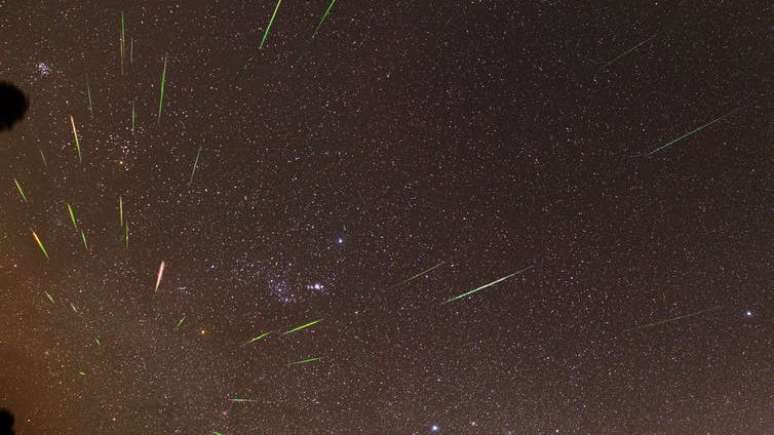
The radiant of this rain is in the direction of the constellation Taurus, the Bull. Normally, its meteors are slow and bright.
Conjunction of Venus and Moon (11/9)
If you observe the Moon during the night of the 9th, you will be able to see it very close to Venus, there second brightest object in the night sky.
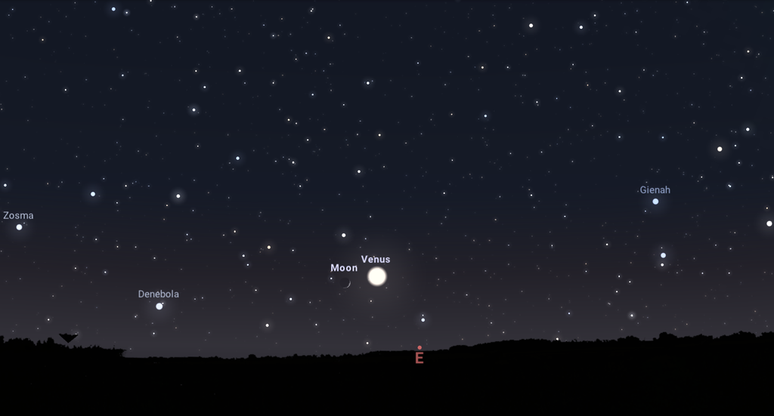
The stars will be visible in the direction of the constellation Virgo from 3 am in the east.
Peak of the Leonid meteor shower (11/18)
In reality, this meteor shower began on the 6th, but remains visible until the 30th. Its peak is expected to occur in the early hours of the 18th.
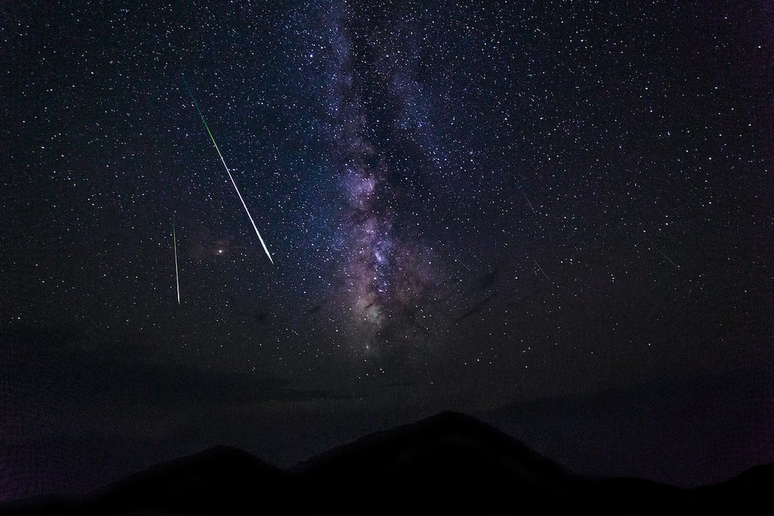
Meteors can be observed starting at 3 am in the constellation of Leo, in a northeasterly direction. It is estimated that up to 10 meteors appear per hour.
Conjunction of the Moon and Jupiter (24/11)
The month ends with the approach between the Moon and Jupiter. The duo will shine at the highest point in the sky around 9pm Brasilia time.
To find them just look in the direction of the constellation Aries.
Moon phases in November 2023
See the main lunar phases during the month of November, as well as the opening hours of each of them:
- November 5, at 5:36: First quarter moon
- November 13, at 6:27 am: New moon
- November 20, at 7:49: First quarter moon
- November 27, at 6:16: full moon
Trends on Canaltech:
- The new hero takes Spider-Man’s place as Marvel’s most hated
- Xiaomi 14 arrives with HyperOS and the brightest OLED in the world
- iPhone 15 Pro Max x Galaxy S23 Ultra: which is better?
- The 50 funniest Google Assistant jokes
- Sound of Freedom | Why has a Christian film become the subject of controversy?
- Green Lantern says he can be faster than Flash under one condition
Source: Terra
Rose James is a Gossipify movie and series reviewer known for her in-depth analysis and unique perspective on the latest releases. With a background in film studies, she provides engaging and informative reviews, and keeps readers up to date with industry trends and emerging talents.

